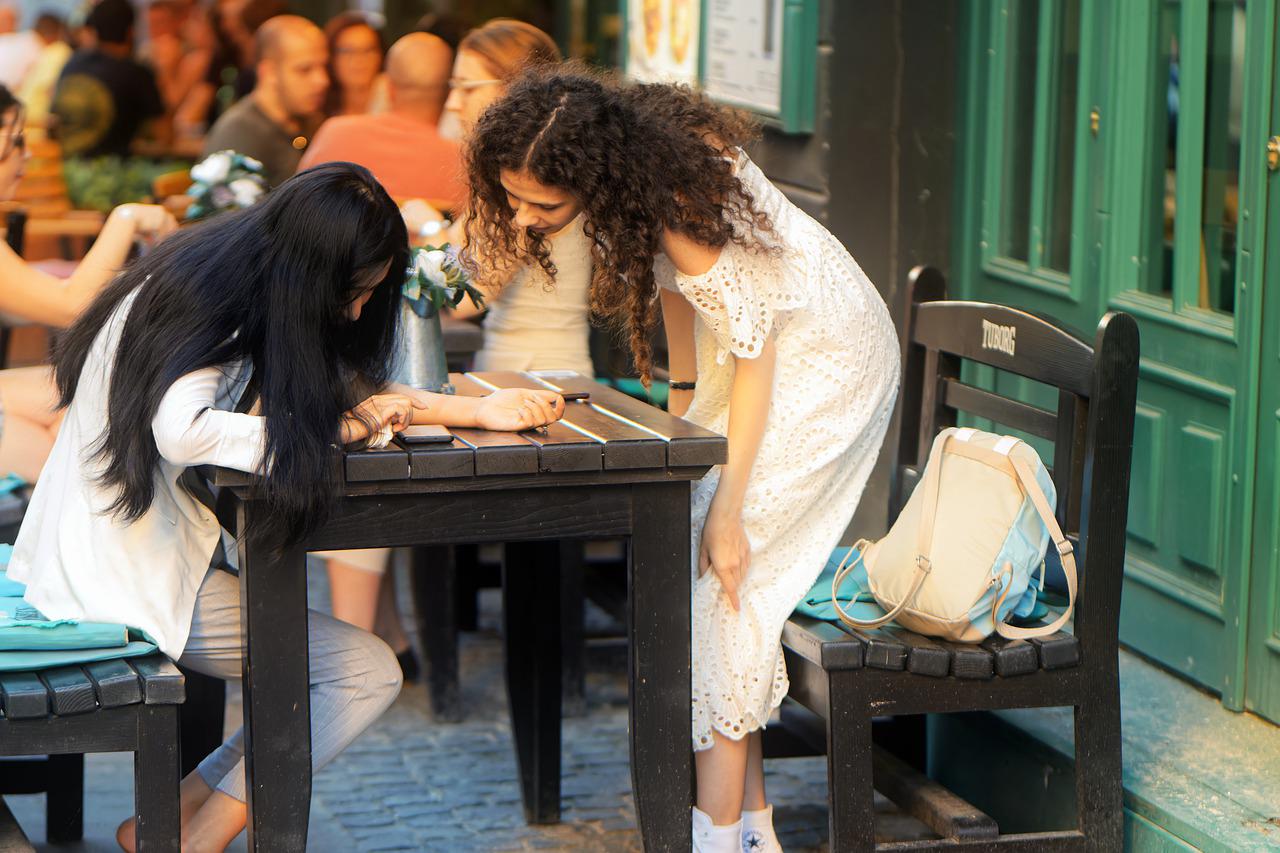
Today, the competitive nature of hospitality has shifted, and restaurants are judged not only on the quality and quantity of the food, but on the whole dining experience. This dining experience often begins days sometimes weeks or months prior to the date on which we actually wish to dine. The digitization of dining has reshaped how we eat.
The dining journey begins when deciding on where we want to eat. A google search of the local area, that includes multiple dietary and cuisine options along with suggested price points, will often determine our restaurant destination. The google search will often offer up a variety of reviews from past clientele. This clientele is comfortable sharing the experience they have had when attending and dining in the restaurant. Many of these reviews are ranked from 1-5 stars and include comments from the patrons.
Once we have decided where we want to go, it is often essential that we make a reservation. After two years of eating at home due to a global pandemic, society is demonstrating a strong preference for ding out. The making of this reservation is almost always done online or via an app. No longer do we pick up the phone and call our preferred eatery Opentable is the most commonly used white label restaurant booking app being used today.
Opentable enables users to select the restaurant, the time, the number of guests, preferred seating and allergy information, all in advance of turning up at the restaurant. Once all has been decided, the simple clicking of the confirm button secures the reservation.
Getting to a restaurant we have not visited before may require digital sat nav or travel advice, if driving we may use waze to guide us on our journey, sharing traffic, and parking information, that will allow us the time to get our destination ahead of the planned booking. If traveling by public transport, an underground map or app, sharing bus times and information will often prove very handy.
Arriving at the restaurant, the host will check us in. Confirmation of our booking is on some form of mobile device or PC. The host will normally inquire whether the entire party has arrived and if the answer is yes, then we will be escorted to the table. The allocated table is usually determined by an automated system accessed by the host and a digital floor plan will determine where we will be seated.
Once seated things are now different too. No longer will a pile of menus and a cocktail and wine list be placed on the table, instead we are directed to scan a QR code and download the menu. Once this has been done, we can select what we wish to eat and drink, make our selection via the online portal or app and wait for our food to arrive. The waiting staff are only on hand should we have technical difficulties or be unable to place the order digitally.
The only part of the dining experience that is unchanged is the actual eating of the meal. At the moment we still require it be served on plates and eaten with a knife, fork or chopsticks. Ketchup, mustard, mayo, salt, and pepper are usually on the table and available to taste. The food is still served in an acceptable order, starter, main and finally the desert with teas and coffee to end and perhaps a biscotti or after dinner mint. When it comes time to paying the bill, we are digital again, and it is at this point that another scan of the QR code along with the entry of our table number that our bill becomes available on the app or online. A simple contactless click of the phone or the sharing of our credit card details completes the transaction without the need for paper bills and cash to change hands.
Finally, it’s our turn to leave the review and ensure that others benefit from our own personal experience and that the establishment itself learns first-hand what it is doing well or what it could do better. This may be requested of us in the form of an SMS or text directly from the restaurant.